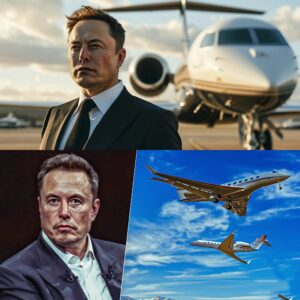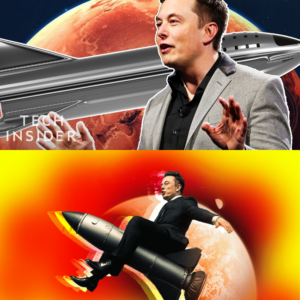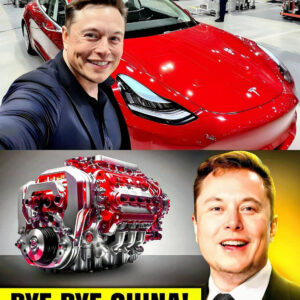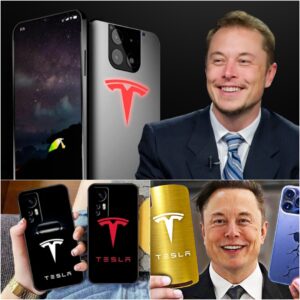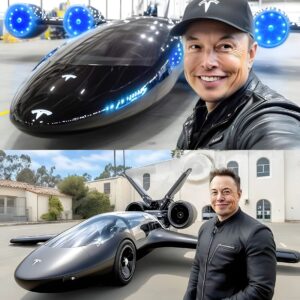Elon Musk, the visionary CEO of Tesla, has once again captured global attention with his latest ambitious project: a $13 billion Tesla Aircraft.
Tesla’s $13 Billion Aircraft: Breaking the Boundaries of Innovation
In a groundbreaking revelation, Tesla has announced its entry into the aerospace industry with a $13 billion electric aircraft project. Dubbed the “Tesla Aircraft,” this revolutionary vehicle is set to redefine air travel with cutting-edge technology that seemingly defies the laws of physics. Elon Musk, the mastermind behind Tesla and SpaceX, has hinted at the aircraft’s capabilities in various interviews, emphasizing its focus on sustainability, efficiency, and futuristic design.
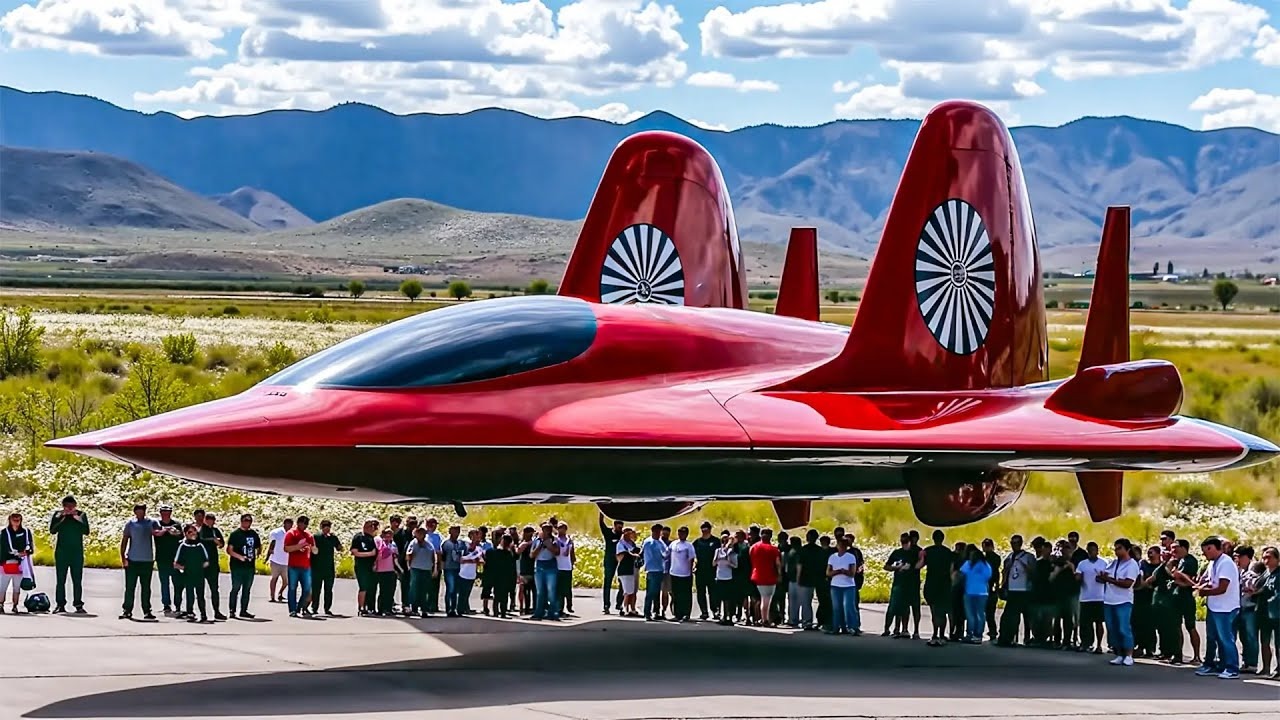 For illustration purposes only. | Source: The Ultimate Discovery/Youtube
For illustration purposes only. | Source: The Ultimate Discovery/Youtube
The Vision Behind Tesla’s Electric Aircraft
Tesla has long been a leader in electric vehicle innovation, and this venture into aviation aligns with the company’s commitment to sustainable energy. According to Musk, the Tesla Aircraft will be a vertical takeoff and landing (VTOL) vehicle powered by advanced lithium-ion batteries. Unlike traditional airplanes, it will eliminate the need for long runways, making it ideal for urban environments.
The aircraft’s design integrates Tesla’s advanced battery technology, promising a range of over 1,000 miles on a single charge. Musk believes this will not only reduce carbon emissions but also drastically cut operational costs for airlines and private owners.
Breaking the Laws of Physics?
Critics and skeptics have questioned Musk’s claims, with some suggesting the technology needed to achieve these feats doesn’t currently exist. However, Tesla’s track record of delivering disruptive innovations – from electric vehicles to autonomous driving systems – lends credibility to this ambitious project.
Tesla’s partnership with SpaceX engineers has reportedly led to advancements in lightweight materials, aerodynamic designs, and energy-efficient propulsion systems, enabling the aircraft to overcome traditional limitations.
Key Features of the Tesla Aircraft
Vertical Takeoff and Landing (VTOL): Revolutionizing urban air mobility.
Zero Emissions: Powered entirely by electricity, making it a sustainable alternative.
Autonomous Flying Systems: AI-powered navigation for safety and efficiency.
High-Speed Travel: Speeds exceeding 600 mph, rivaling traditional jets.
Solar Integration: Solar panels embedded in the wings for supplementary power.
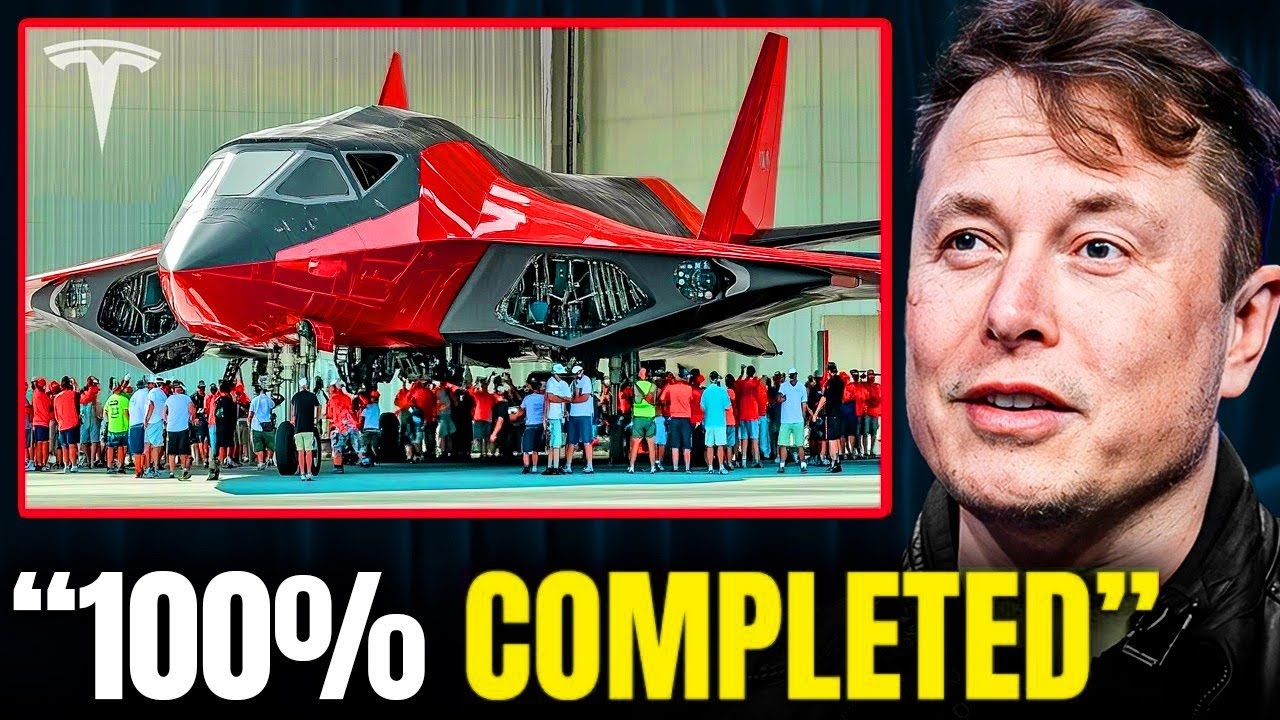 For illustration purposes only. | Source:
For illustration purposes only. | Source:
Unseen Cosmos/Youtube
Economic and Environmental Impact
Tesla’s aircraft is projected to disrupt the aviation industry by reducing dependency on fossil fuels. Airlines adopting this technology could significantly lower their carbon footprint while cutting fuel and maintenance costs.
The potential economic impact extends to industries like logistics, with faster, more efficient cargo transport. Musk has also hinted at the possibility of a commercial passenger service, further expanding Tesla’s influence.
Potential Challenges and Skepticism
Despite the promise, Tesla faces several hurdles:
Battery Limitations: Current technology struggles to deliver the energy density required for large-scale aviation.
Regulatory Approvals: Navigating stringent aviation laws globally.
Infrastructure Requirements: Developing charging stations and maintenance facilities for the aircraft.
Skeptics are questioning whether Tesla’s claims are too good to be true. Many physicists argue that a Quantum Lift Propulsion System is theoretically impossible with today’s technology. Others are concerned about the feasibility of battery-powered commercial flights, citing the immense energy required for sustained long-distance travel.
Aviation analyst Mark Daniels expressed cautious optimism: “If anyone can pull this off, it’s Elon Musk. But we need to see real-world testing before we start believing in ‘defying physics.’”
The Future of Air Travel: Will Tesla Dominate the Skies?
Whether the Tesla’s Aircraft lives up to its hype remains to be seen. However, one thing is clear: Musk has once again challenged the status quo, pushing the boundaries of technology and human imagination. If successful, this revolutionary aircraft could end reliance on fossil fuels, cut air travel costs, and reshape the global economy.
The first test flight is expected to take place next year, and the world will be watching closely. Until then, the question remains: Has Elon Musk truly created the impossible, or is this just another bold vision waiting to become reality?
What do you think? Could this be the future of aviation, or is it all too good to be true? Let us know your thoughts in the comments!
Source: e-sutra.com; vbnnews11.com
Disclaimer:
The content presented in our articles is intended solely for entertainment purposes. While we may draw upon facts, rumors, and fiction, viewers should not interpret any part of the content as factual or definitive information.
Relative Articles
None found
